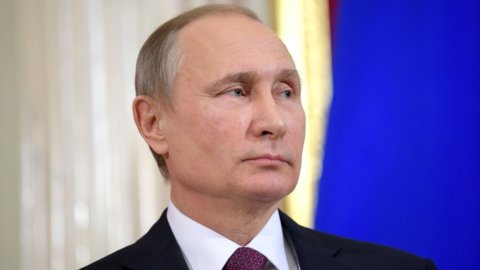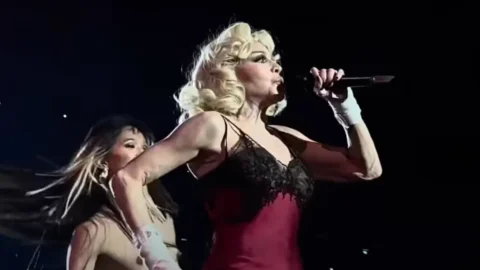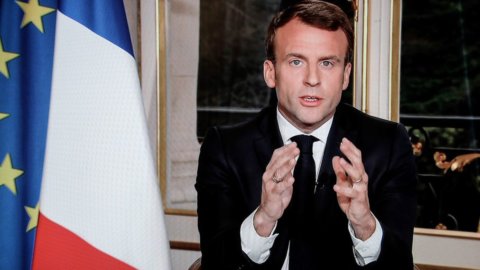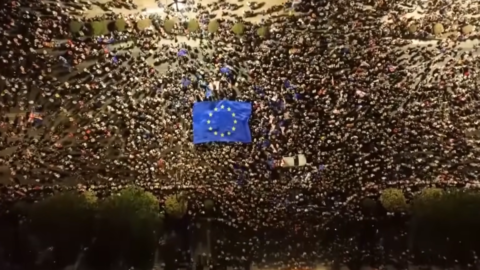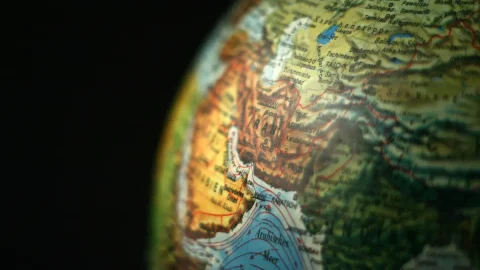According to a recent report from the Intese Sanpaolo Studies and Research Department, nand the first nine months of 2017 the economy Russian recorded a real growth rate of 1,6%, compared to a contraction of 0,4% in the same period of the previous year. On the supply side, the thrust is arrived mainly from the recovery of some services (same as retail sales, +0,5%) and the still sustained growth of mining (+2,8%, with the average daily extraction of oil rising to 10,6 mln/bl, +1,8%) and public utility services. Manufacturing production recorded a trend that was only slightly higher than that of the previous period (+0,9%), while agricultural production slowed down significantly (+1,4%) and construction saw a new substantial decline (-2,3. XNUMX%).
The same indicators suggest that in the last quarter of 2017 the GDP trend dynamics probably slowed down to around 1%, mainly due to the fall in manufacturing production (-2,4% in the October/November two-month period), agricultural production (- 0,6%) and oil extraction (-2% in October) while retail sales accelerated (+2,8%), thanks to real wage growth (+5,4% in November) also determined by the slowdown in inflation.
Here then is that GDP growth for the whole of 2017 it is attested around 1,5%, from -0,2% in the previous year. As for the question, from January to September 2017 there was a significant recovery in household consumption e of investments (respectively +4,1% and +4,2%, with investments mainly driven by public works), while foreign trade largely subtracted from the GDP following the leap in imports (+17,8%). In this context, lthe falling cost of money and low inflation offer support for both consumption and investment, without forgetting that domestic demand is expected to benefit from the World Cup appointment, both in terms of public works to be completed and tourist flows.
The strong growth of imports of machinery and equipment in 2017 ha visto offer a boost to the productivity of the manufacturing sector. On the other hand, the medium-term prospects of the economy continue to be weighed down by the sanctions introduced at the end of 2014 for the policy towards Ukraine, which prevent the transfer of technology useful for the exploitation of vast hydrocarbon reserves and limit access to the international capital market to Russian companies. Last August, the US Congress approved new sanctions which mainly affect the energy sector (investments in gas pipelines) and finance (investments in companies to be privatized and loans to government entities). At the same time, lRussia has joined the OPEC countries' cuts aimed at supporting the price of oil, which will lead to a reduction in oil extraction of about 300.000 barrels per day in 2018 (-2,5% compared to 2017). Here then is that the negative impact of the sanctions on growth could however be balanced by higher oil prices than expected.
In the Central Bank's baseline scenario, with the average price of Ural-quality oil at USD 55 a barrel in 2018 (up from USD 53 in 2017), GDP growth is expected to range between +1,5 % and +2%. The Central Bank itself expects the average price of oil to fall to 45 dollars in 2019 with a consequent new slowdown in GDP dynamics (in a range between 1% and 1,5%), while in an alternative scenario of further acceleration of the price of crude oil (to 58 in 2019 and 60 in 2020) the growth interval would rise by half a percentage point (to 1,5%-2%).
In 2017 the trend rate of inflation closed at 2,5%, from 5,4% at the end of 2016, well below the 4% target of the Central Bank, as expected for much of 2018, only approaching 4% at the end of the year. Me tooThe decline in interest rates has gone beyond initial forecasts, with ithe reference rate equal to 7,75% at the end of 2017 compared to 10% the previous year. New cuts are expected in the first half of 2018, where the Monetary Authority sees the reference rate in a range between 6% and 7% over a one-year horizon. The RUB/USD exchange rate reached 57,5 at the end of 2017 with an appreciation of 5,7% compared to the end of 2016 quotation and analysts expect the current levels to be maintained in the short/medium term.
According to preliminary estimates by the Minister of Finance, in 2017 the public deficit in relation to GDP stood at 1,7% of GDP versus an initial target of 3,6%, where i public finances benefited from the higher proceeds from hydrocarbons. Russia's public debt to GDP ratio remains low (17,4% in 2017 from 15,6% in 2016), while last November foreign exchange reserves amounted to 346 billion dollars, from 308 billion at the end of 2016. The reserves exceed the estimated external financing requirement of 99 billion (reserve cover ratio 3,5) and, thanks to the increase in GDP in foreign currency, the external debt/GDP ratio fell to 34%, from 41% in 2016. According to estimates by IMF and the Central Bank, the current surplus in relation to GDP rose to 2,8% in 2017, from 2% in 2016: assuming a further limited increase in the price of oil, the current surplus is expected to rise to 3,2% of GDP in 2018. Hence, after repeatedly cutting their valuation of Russia's foreign currency sovereign debt between 2015 and 2016, in the last year more agencies have expressed improved judgments on the country: both S&P and Fitch have a positive outlook, while Moody's changed the outlook from negative to stable.

